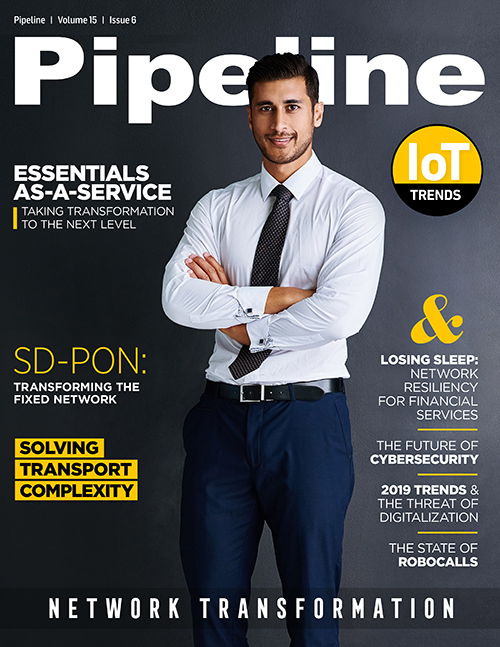Essentials-as-a-Service: Taking Transformation to The Next Level
Here is how this looks in action. Instead of putting a new employee through what can be a long, frustrating onboarding process, instead that new team member goes to an automated service catalog to choose their corporate-sponsored device, business applications, corporate credit card, and so forth. Validation and authorization of the requests are automatically generated and sent to their manager or approval party for authorization. The employee then receives their device, configured based upon their persona, ready to go when they power up the first time. Imagine the productivity jumpstart.
Voice Authenticated Password Resets – Although password resets are typically relatively short calls to the service desk, they represent increased costs as well as introduce compliance issues and security vulnerabilities.
To counter the friction generated by these situations, another trend that organizations will want to explore in 2019 is automated password resets based upon voice sampling and authentication technologies delivered by EaaS providers. In addition to delivering a great experience that gives convenient access to change or reset passwords no matter the user’s location, such as offering self-service resolutions that require less effort, are more secure and can ensure a better adoption rate by the user community.
Mobility Device Support – Today, it’s all about connectivity anytime, any place, on any device. But delivering that experience from a mobility perspective based upon the many tasks that have to be orchestrated and executed can be frustrating and time consuming for IT support resources.
EaaS can deliver a more seamless experience by delivering devices fully configured, not just with a browser and email but with the mission-critical applications that users need to do their jobs. EaaS providers can also manage the security of the devices and mobile end points and, finally, provide Telecom Expense Management to audit and resolve cellular billing issues on a monthly basis.
Product Lifecycle Services – Procurement, integration and logistics may sound pretty old school, but the reality is that many large organizations do not want their finite resources focusing on the tactical execution of integration, configuration, storage, shipping and asset tracking of end user equipment and devices.
Whether it’s a single laptop or a complex deployment of a highly integrated set of technologies, EaaS providers can assess requirements, develop the plan and then source, configure, integrate and ‘palletize’ the solution. And then, as part of full-lifecycle support, they can also receive aging equipment back into logistics centers for asset disposition, brokering the equipment and sharing the proceeds or decommissioning hard drives and certifying disposal.
Focusing IT on higher-value creation activities
In 2019, IT organizations can continue to deliver these types of ‘essential’ services using their own internal resources much as they’ve done in the past—but the question
is why?
According to Gartner, 28 percent of spending within key enterprise IT markets will shift to the cloud by 2022, up from 19 percent in 2018.
If it makes sense to move mission-critical applications to multi-cloud environments and SaaS providers, what additional efficiencies can be gained by offloading the remaining, often mundane and repetitive IT support functions?
Essentials-as-a-Service allows organizations to focus resources on higher-value creation, deliver even greater agility to the organization to respond faster to the needs of the business, while at the same time enhancing the end-user experience.



















